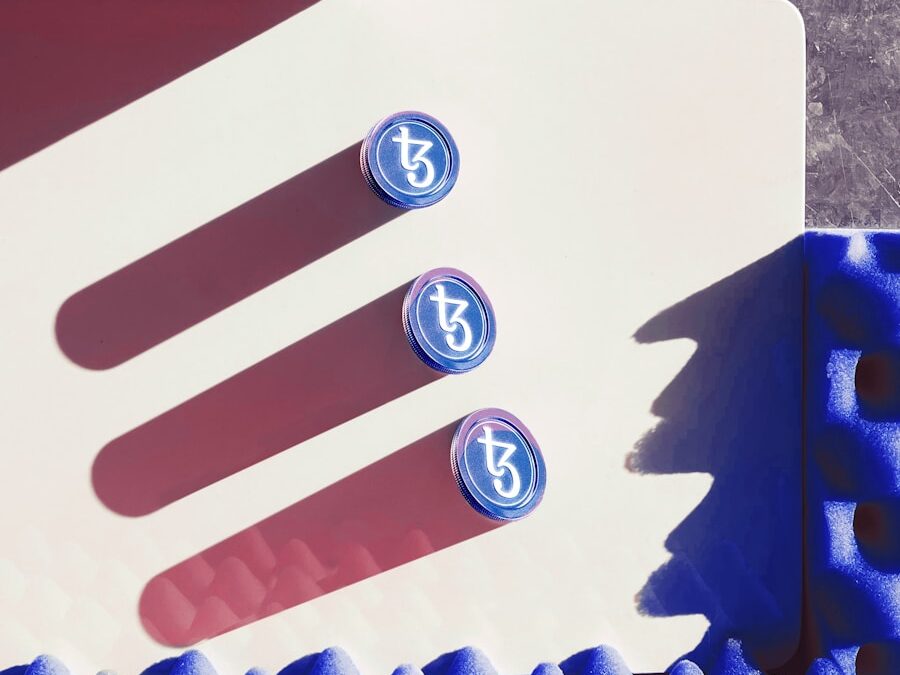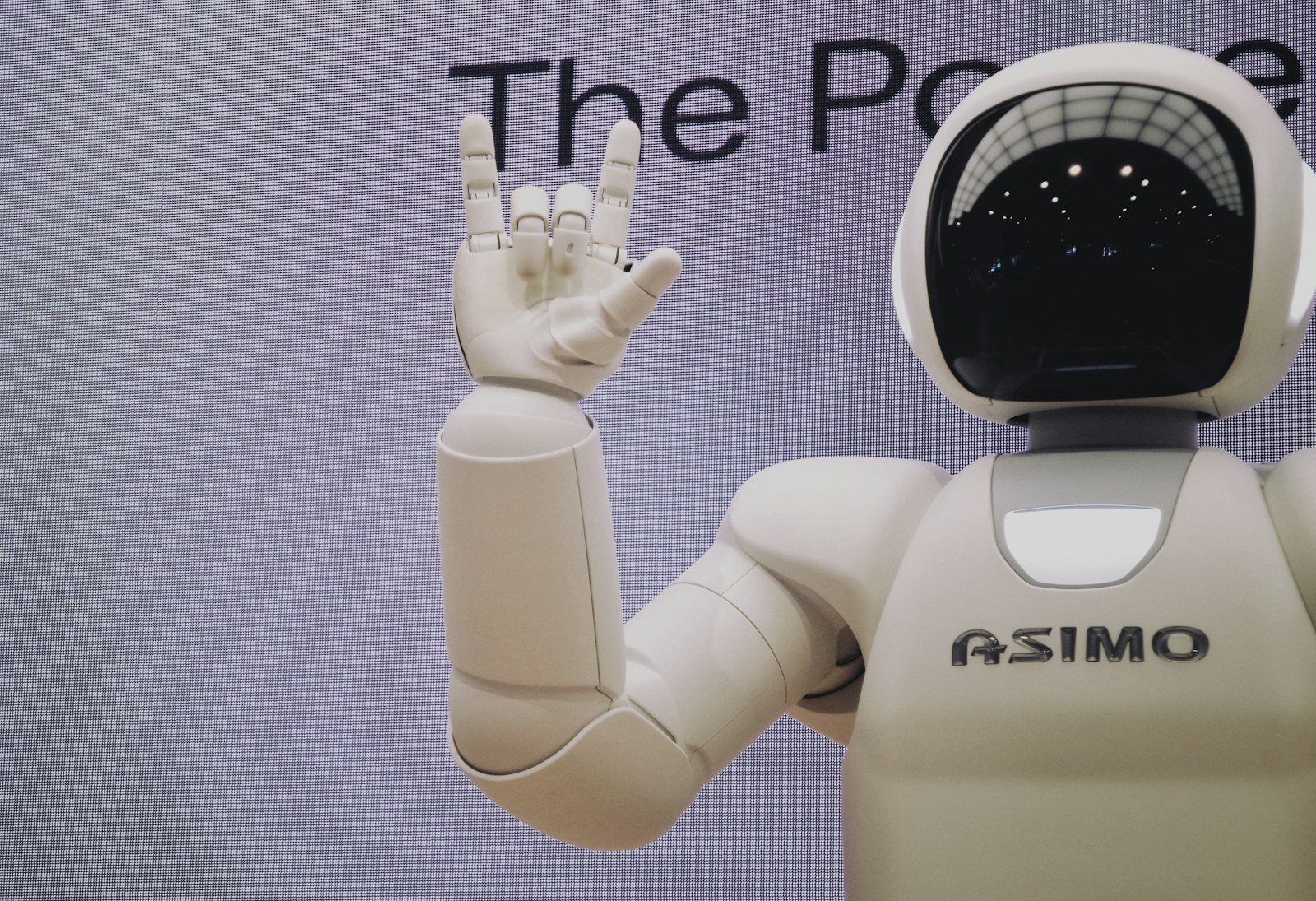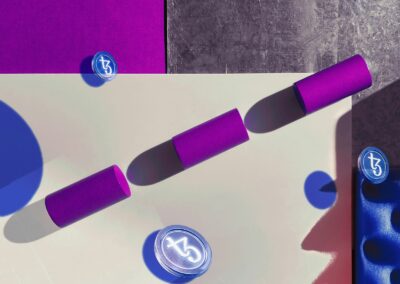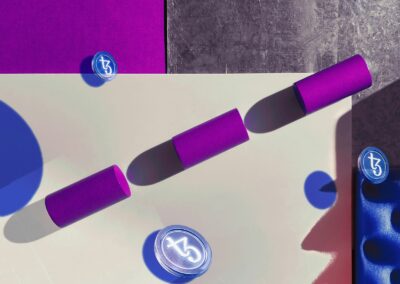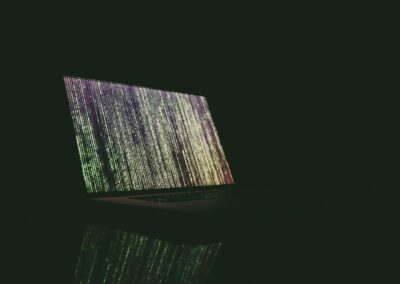Key Components of the QKD Protocol
The QKD protocol is built on several critical components that ensure its effectiveness and security. The first component is the quantum channel, which is used to transmit quantum bits (qubits) between the communicating parties. These qubits can exist in multiple states, enabling the secure exchange of cryptographic keys. The second component is the classical channel, which is used for public communication and coordination between the parties. This channel does not need to be secure, as any attempt to intercept the communication would be detectable. The third component is the quantum random number generator, which ensures the randomness and unpredictability of the keys generated. Together, these components form the backbone of the QKD system, ensuring the secure distribution of encryption keys.
The Fundamentals of Quantum Key Distribution
Quantum key distribution (QKD) represents a revolutionary approach to secure communication by leveraging the principles of quantum mechanics. Unlike classical encryption methods, which rely on complex mathematical algorithms, QKD ensures security through the physical properties of quantum particles. This makes QKD particularly robust against potential threats posed by quantum computers, which could easily break classical encryption. For regions like Saudi Arabia and the UAE, where cities like Riyadh and Dubai are at the forefront of technological innovation, understanding and implementing QKD is crucial for enhancing data security and maintaining a competitive edge in the global market.
The BB84 Protocol: A Foundational Method
One of the most widely used QKD protocols is the BB84 protocol, developed by Charles Bennett and Gilles Brassard in 1984. The BB84 protocol operates by transmitting qubits in one of four possible states, using two different bases (rectilinear and diagonal). The sender, often referred to as Alice, randomly selects a basis for each qubit and sends it to the receiver, Bob, who also randomly selects a basis for measuring each qubit. After the transmission, Alice and Bob publicly compare their chosen bases without revealing the actual qubit states. They discard any measurements where the bases do not match and use the remaining data to form a shared secret key. This process ensures that any eavesdropping attempt by a third party would introduce detectable errors, maintaining the security of the communication.
Steps Involved in Implementing the QKD Protocol
Step 1: Initialization and Key Generation
The first step in implementing the QKD protocol is the initialization and key generation process. This involves setting up the quantum and classical channels between the communicating parties. Alice uses a quantum random number generator to create a series of random bits, which are then encoded into qubits using the chosen bases. These qubits are transmitted to Bob over the quantum channel. At the same time, Alice and Bob establish a classical communication channel for public discussion and coordination. This initialization phase is critical for ensuring the randomness and unpredictability of the generated keys, which are essential for maintaining security.
Step 2: Transmission and Measurement
During the transmission phase, Alice sends the encoded qubits to Bob over the quantum channel. Bob measures each qubit using a randomly chosen basis, recording the results of these measurements. Since Bob’s choice of basis is independent of Alice’s, he will only measure the qubits correctly about half of the time. After the transmission is complete, Alice and Bob communicate over the classical channel to compare their chosen bases. They discard any measurements where the bases do not match and keep the remaining data, which will be used to generate the shared secret key. This step is crucial for detecting any potential eavesdropping attempts and ensuring the integrity of the key exchange.
Step 3: Error Correction and Privacy Amplification
The final step in the QKD protocol is error correction and privacy amplification. Due to potential errors introduced during transmission and measurement, Alice and Bob need to correct any discrepancies in their shared key. This is done through error correction protocols that allow them to identify and rectify any errors without revealing the key itself. After error correction, Alice and Bob perform privacy amplification, which involves shortening the key to eliminate any partial information that an eavesdropper might have gained. This process ensures that the final key is both secure and private, ready to be used for encrypting and decrypting sensitive communications.
#QKD #QuantumSafeEncryption #DataSecurity #ArtificialIntelligence #Blockchain #ExecutiveCoaching #ChangeManagement #BusinessSuccess #ManagementConsulting #EffectiveCommunication #LeadershipSkills #ProjectManagement #SaudiArabia #UAE #Riyadh #Dubai

